So that’s how she stays so flawless!
Khloe Kardashian has revealed to her fans just what it takes to keep the wrinkles at bay and keep her skin looking fresh.
Sharing her top beauty products via her app, the 32-year-old said, “For me, ‘antiaging’ is really all about hydration. Drinking lots of water is a must.”
Among her beauty repertoire includes SmartWater – the brand touted by age-defying Jennifer Aniston – Neutrogena sunscreen, Kirkland Signature vitamin E gel capsules, Aquaphor Healing Ointment and Bio-Oil.

Khloe says hydration is the key to her flawless skin!
The youngest Kardashian sister also revealed she diligently applies sunscreen to her hands, especially while driving.
“I also wear sunscreen every day, especially on my hands. Hands are always out in the sun, so they age the most,” she explained.
See how Khloe achieves her banging bod in the clip below. Post continues.
“I keep extra sunscreen in the glove boxes of all of my cars in case I forget. When the sun hits my hands while I’m driving, it reminds me to slather more on!!!”
The Kocktails With Khloe host also shared, “I also cover my face in oil every night. I love Bio-Oil and vitamin E, and I just use Aquaphor on my eyes. All of this stuff is super cheap and can be found in any drugstore.”
One person who’s clearly enamoured by Khloe’s beauty is her rumoured new man, Trey Songz.
The pair were snapped leaving Khloe’s birthday party together last week, and have been spotted making out in Las Vegas over the weekend.
Check out Khloe and Trey’s PDA-packed weekend below.







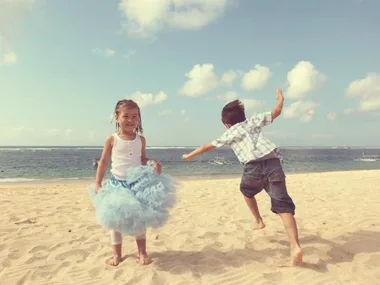
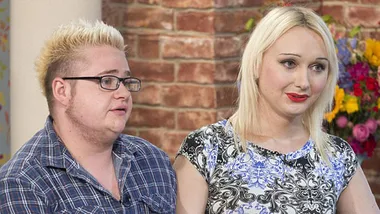




















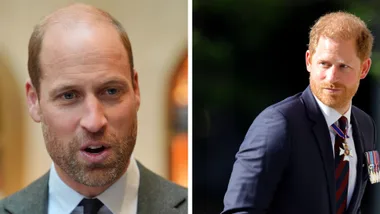
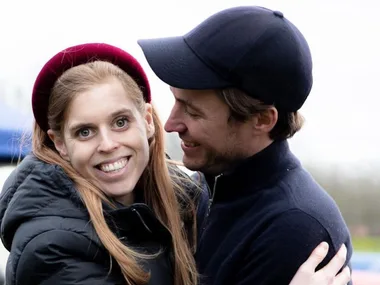



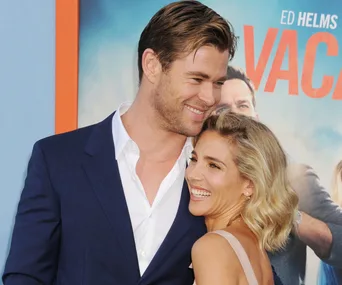
.jpg?fit=900%2C750)



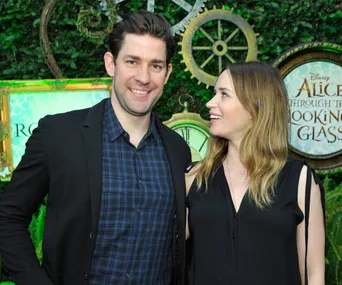



.png?resize=380%2C285)
.jpg?resize=380%2C285)

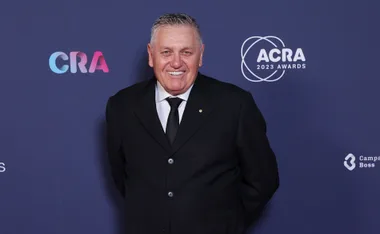

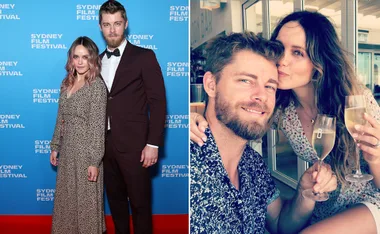
.png?resize=380%2C285)

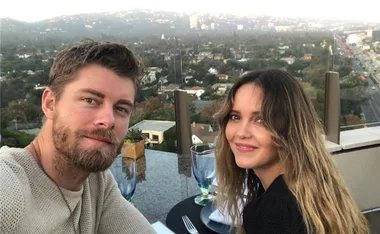



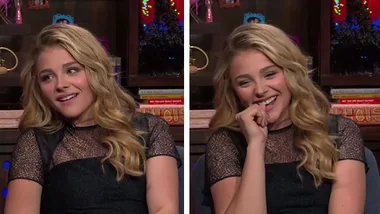







.jpg?resize=380%2C285)
